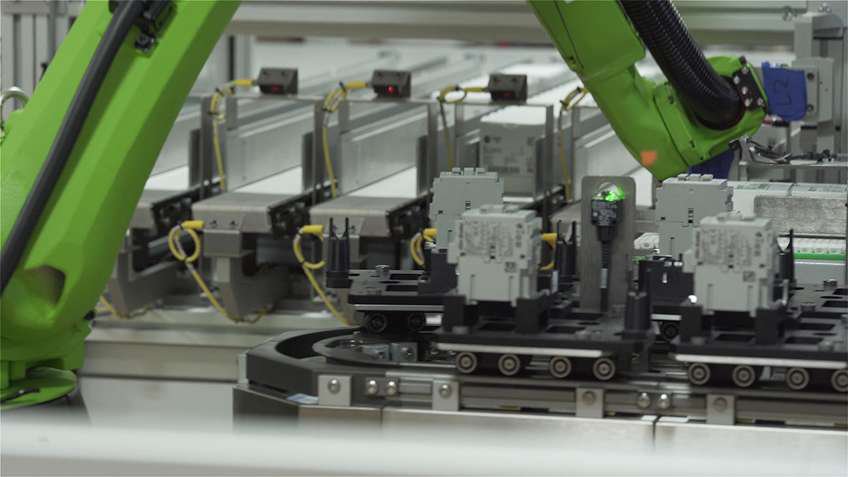To achieve the complex, we must simplify
Traditionally, to get a machine or line to do more, you add or reconfigure equipment. This adds unnecessary engineering time and floor space while compounding maintenance and slowing time to market. Today, we’re tackling the need for flexibility by linking technology together in a way people haven’t done before.
We used to talk about robotics, intelligent cart technology (ICT), servo motion control and digitalization as separate entities. Thanks to advances in mechatronics, they’re now nearly indistinguishable. With any combination of intelligent conveying and robots, you can virtually replace any machine. And by layering the latest in IIoT, like emulation for testing and analytics for decision making, you create new value for manufacturers.
This is the concept of unified machine design, collapsing multiple processes into one – mechanically, electronically and programmatically. It bringing us from the days of programming line shaft driven mechanics, to configuring simple, safe, secure and flexible solutions that enable design, collaboration and optimization. In addition, we gain:
- Only one solution for machine builders to support.
- Only one interface for operators to learn.
- Only one system for workers to maintain.
- All with minimal capital cost and labor.





